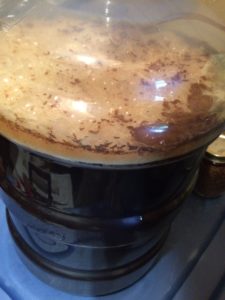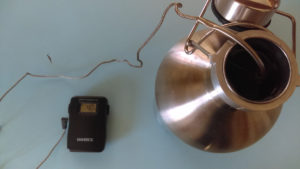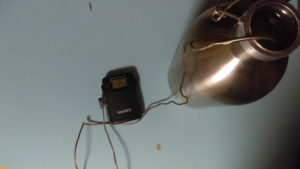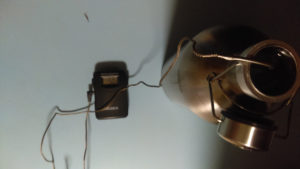
Let’s get the obvious reason some people love homebrewing out of the way: beer. I mean, how many hobbies do you know of that let you do something you enjoy, then you end up with beer you made at the end of it? I can only think of one.
Most of the homebrewers I’ve talked to have something beyond just a love of good beer that got them hooked on the hobby. Curiosity is a big part of the hobby. What happens if I brew the same recipe but ferment it differently? What if I never make the same recipe? Can I make cider? Would this change to my brewing system affect the end result?
My Early Foundation
Once I learned brewing was just another form of cooking, I got really curious. My mom tells stories about how she had me on the kitchen counter in my car seat, cracking eggs into a bowl for her, before I could walk. I’ve always loved cooking and exploring how to combine flavors in a way to make fueling our bodies a source of enjoyment.
I’ve also always like flavors associated with different fermentations: sauerkraut, bleu cheese, kimchi, and kombucha speak to my soul. I didn’t like the first beer I tried, but when I found dark beer, my brain went to work thinking of fun and interesting flavor combinations.
My passion for brewing springs from the exploration of flavors, their sources, and how they can be changed with different processes. The simple fact that the timing of hop additions can affect bitterness levels and the aromatics present in the finished beer shows how good brewers really have to understand their process as well as their ingredients.

But I know brewers have different reasons for their passion. If you already brew, what attracted you to brewing beer? If you’re getting started or thinking about brewing, what aspects attract you to brewing your own beer? Leave a comment below.






